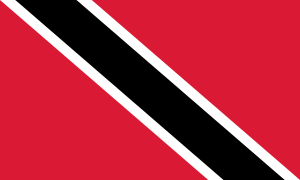Caroni County

Caroni County (करोनि काउंटी) occupies 557 km2 (215 sq mi) in the west central part of the island of Trinidad, the larger island in the Republic of Trinidad and Tobago. It lies south and southwest of Saint George County, west of Nariva County and north of Victoria County. To the west it is bounded by the Gulf of Paria. County Caroni includes the town of Chaguanas, the largest town (by population) in the country. Administratively it is divided between the Borough of Chaguanas, the Couva-Tabaquite-Talparo Regional Corporation and the Tunapuna-Piarco Regional Corporation. The county is divided into four Wards: Chaguanas, Couva, Cunupia and Montserrat. The major towns of County Caroni are Chaguanas and Couva. The port and industrial zone of Point Lisas is located in Caroni, and the region is also a site for agriculture.
Caroni County, which takes its name from the Caroni River, stretches from the hills of the Central Range into the lowlands of the Caroni Plains and the Caroni Swamp. It is heavily associated with sugar cane and the Sugar Belt, but it actually accounts for no more than one third of the sugar belt. The now-defunct state-owned sugar company, Caroni (1975) Ltd took its name from the county.
Caroni is often used symbolically to represent the Indo-Trinidadian heartland and the power base of the United National Congress. It is home to popular Indo-Trinidadian street foods such as doubles.
There are two waterfalls located in the Central Range in Caroni County, Brasso Venado Falls in Brasso Venado and Carmelita Falls in Gran Couva. These are the only two waterfalls in Central Trinidad.
References
- Anthony, Michael (2001). Historical Dictionary of Trinidad and Tobago. Scarecrow Press, Inc. Lanham, Md., and London. ISBN 0-8108-3173-2.
